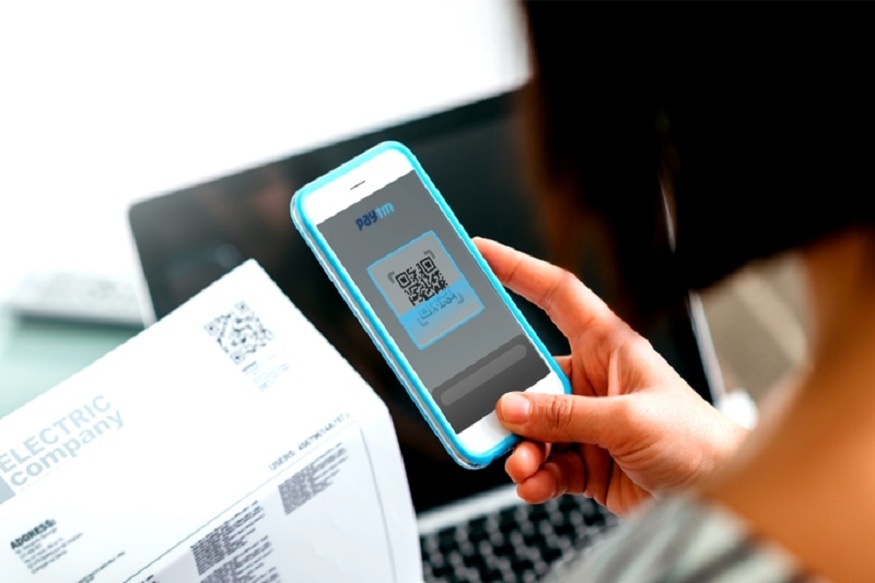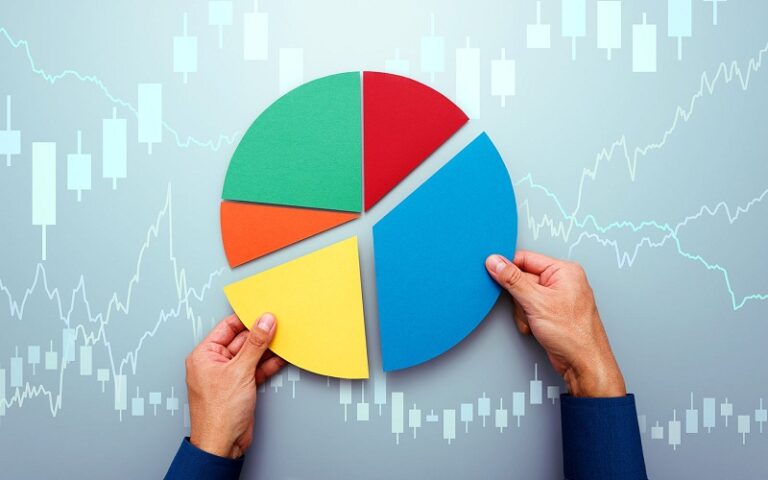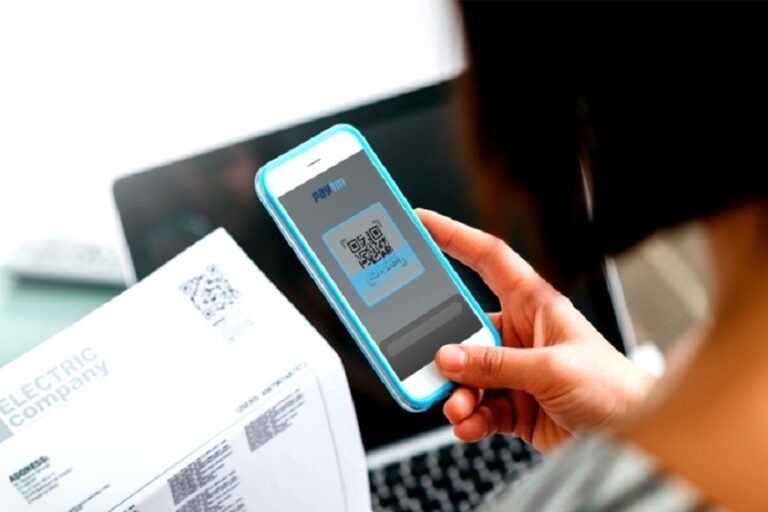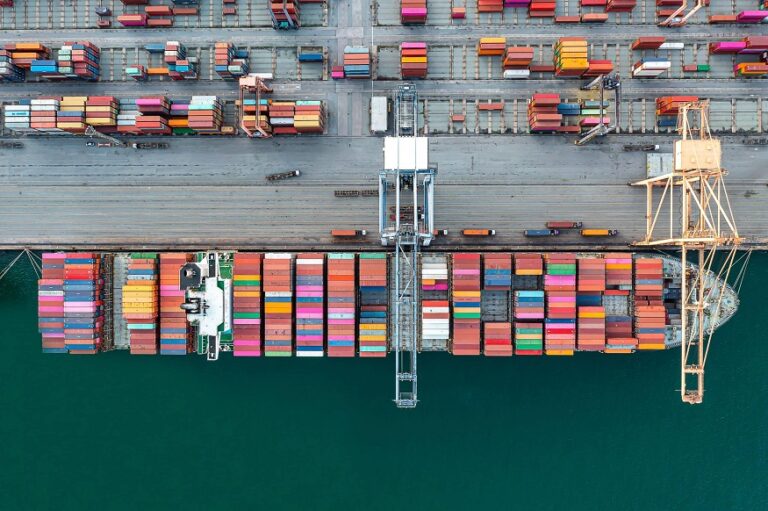In the bustling lanes of Indian cities, a scene familiar until only a decade ago involved people lined up outside buildings, clutching bundles of papers — bill payments for electricity, water, and telephone services. The sheer inconvenience of this process stood out, with entire days lost waiting in seemingly endless queues. However, as with many aspects of life, technology has transformed this ritual. Today, the mere click of a button on a payment app can settle these necessities in no time. This evolution of bill payment from laborious to seamless is a testament to the digital revolution gripping India.
The Pulse of Change
The Old Way: Paper Trails and Endless Queues
Historically, the bill payment process in India hinged on physical presence. Seen from an outsider’s lens, it was akin to an elaborate dance — meticulously preparing paperwork, strategising trips, grappling with long queues, and bearing receipt slips as trophies of perseverance. While this system had its robust nature in terms of record-keeping, it was riddled with inefficiencies. The story of its transition to digital platforms becomes a tale of necessity meeting innovation.
The Digital Turn: An Introduction to Payment Apps
Enter the era of the internet and smartphones. With telephone penetration increasing exponentially and internet services becoming more affordable, the stage was set for payment app to emerge as game-changers. From Paytm to Google Pay, these platforms revolutionised the way Indians manage their money. In a country as vast and diverse as India, the challenge lay not only in technological advancement but also in education and accessibility.
The Nuts and Bolts of the Digital Shift
The Infrastructure Behind Digital Payments
The foundation of this shift is laid on robust digital infrastructure. The introduction of the Unified Payments Interface (UPI) by the National Payments Corporation of India (NPCI) has been a major catalyst. UPI facilitates instant fund transfers, amalgamating multiple banking features under a single umbrella. According to recent data, India’s digital payment space is expected to hit $1 trillion by 2023, making it one of the fastest-growing markets globally.
Although large multinational corporations played their part, indigenous initiatives deserve substantial credit. Platforms like RuPay and BHIM spearhead local engagement by offering services in multiple languages, making them more inclusive for a diverse populace.
The Role of Mobile Technology
Smartphones have emerged as potent allies, turning into virtual banks in our pockets. Recent statistics state that there are approximately 1.2 billion mobile connections in India. It is not merely the number but the increasing sophistication and affordability of these devices that have enabled this transformation. Even areas previously considered remote now leverage mobile connectivity for bill payments, diminishing the urban-rural divide.
Driving Factors in the Digital Transition
Government Initiatives and Support
The Indian Government’s push towards a “Digital India” has provided significant momentum. Policies encouraging cashless transactions, like demonetisation, albeit controversial, sparked increased adoption of digital payments. Programmes promoting digital literacy have also played a pivotal role, with rural e-literacy campaigns being particularly noteworthy.
Consumer Empowerment and Changing Mindsets
As more individuals became familiar with these platforms, trust increased. Modern consumers value convenience and security – ideals seamlessly embedded in digital payments. Payment apps now offer features beyond mere transactions, including tracking expenses, generating automated reports, and even earning rewards. This not only simplifies financial management but makes it more engaging.
Security and Trustworthiness
While there are stories of cyber fraud that paint a grim picture, advancements in technology continuously reinforce security measures. Multi-factor authentication, end-to-end encryption, and biometric verification have become industry standards. Consumer education around these security features remains critical as informed users are empowered users.
The Future of Bill Payment in India
Innovations on the Horizon
Though impressive strides have been made, the journey is far from complete. Innovations such as blockchain technology are making waves, promising to provide even more secure and efficient transaction processes. The scope for Artificial Intelligence (AI) in personal financial management is another avenue poised to redefine bill payments, offering predictive insights and automated management features.
Challenges and the Way Forward
An array of challenges remains. Digital inclusivity is crucial – efforts must continue to ensure marginalised communities are not left behind. As technology evolves, so must cybersecurity measures to outpace potential threats. The human element of adapting to rapid change also requires attention through continued education and skills development initiatives.
Collaborative Ecosystems
Fostering partnerships between banks, fintech companies, and government bodies can unlock new potential. Such ecosystems can become hotbeds for innovation, providing balanced solutions that cater to a wider audience without sacrificing quality.
Conclusion: Embracing the Click
The transition from queues to clicks in the realm of bill payments is not merely a reflection of technological progression but indicative of societal change. As India continues on this digital journey, the focus remains on balancing innovation with accessibility. From the dusty ledgers of the past to the vibrant digital platforms of today, the revolution in bill payment encapsulates a nation’s aspiration to modernise while remaining inclusive.
In summary, the digital revolution in bill payments serves as a reminder of the resilience and adaptability that define progress. By continuing to embrace technology while addressing the challenges it presents, India can forge ahead as a leader in digital financial innovation. The journey promises not just convenience but a more equitable and efficient future for all.



















+ There are no comments
Add yours